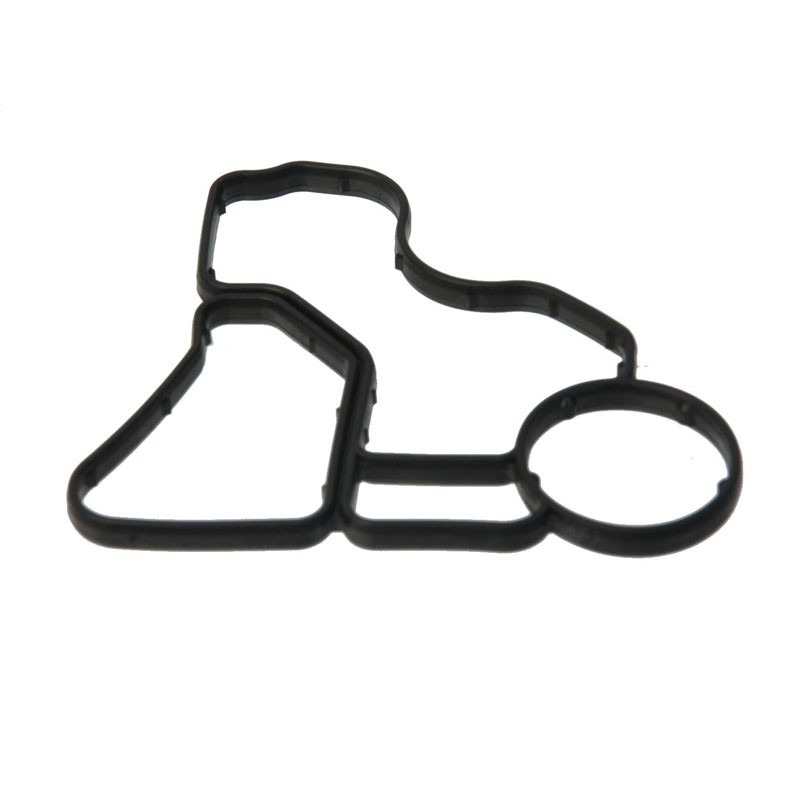Understanding the Importance of the Seal Between Transfer Case and Transmission in Vehicle Performance
Understanding the Importance of Seals Between Transfer Case and Transmission
In the automotive world, the seamless interaction between various components is crucial for optimal vehicle performance. One often overlooked but essential component in this complex system is the seal between the transfer case and transmission. This seemingly small part plays a pivotal role in maintaining both the efficiency and longevity of a vehicle's drivetrain.
The Role of the Transfer Case
The transfer case is a vital component in four-wheel-drive (4WD) and all-wheel-drive (AWD) vehicles. It serves as a central hub that distributes power from the transmission to the front and rear axles. This distribution is necessary for vehicles that require additional traction in challenging driving conditions, such as off-road environments or on slippery roads. By sending power to both sets of wheels, the transfer case enhances vehicle stability and control.
The Importance of Seals
The seal between the transfer case and the transmission serves several critical functions. Primarily, it prevents the leakage of fluids, including transmission fluid and gear oil, which are essential for lubrication and cooling within these systems. A compromised seal can lead to fluid loss, resulting in overheating and increased wear on the components, potentially causing costly repairs or even complete failure.
Moreover, this seal helps maintain proper pressure within the transfer case and transmission. Pressure is vital for the smooth operation of various internal components, including clutches and gears. An effective seal ensures that the systems remain pressurized, allowing for better performance and responsiveness during operation.
seal between transfer case and transmission

Signs of Seal Failure
Identifying a failing seal is crucial for avoiding significant damage. Common symptoms include fluid leaks between the transfer case and transmission, unusual noises from the drivetrain, or a noticeable decrease in performance. If drivers notice any of these signs, it is essential to address the issue promptly. Ignoring a seal failure can lead to more severe problems, including complete loss of drivetrain functionality.
Replacement and Maintenance
Replacing the seal between the transfer case and transmission is a straightforward process, but it requires careful attention to detail. First, mechanics must drain the fluids from both components, avoiding messy spills that can harm the environment. Then, the old seal is removed, and any residue is cleaned from the mating surfaces to ensure a proper fit for the new seal. The new seal must be installed correctly to prevent leaks and ensure longevity.
Regular maintenance is key to extending the life of the seals and the drivetrain as a whole. Vehicle owners should be proactive in scheduling routine inspections of their drivetrain. During these inspections, mechanics can check for signs of wear, monitor fluid levels, and ensure that seals are intact and functioning as intended.
Conclusion
In summary, the seal between the transfer case and transmission may be a small part of the vehicle, but its significance cannot be overstated. It plays a critical role in maintaining fluid integrity, proper pressure, and overall vehicle performance. Regular maintenance and timely repairs can prevent small issues from escalating into severe problems, ultimately ensuring that the vehicle remains reliable and safe on the road. By paying attention to this essential component, vehicle owners can enhance the longevity and efficiency of their drivetrain, making for a smoother and more enjoyable driving experience.
-
Understanding the Importance of the Crankshaft Oil Seal in Engine Performance
News Jun.16,2025
-
The Unsung Heroes of Engine Protection: Understanding Automotive Shaft Seals and Oil Seals
News Jun.16,2025
-
Keeping the Engine Tight: The Role of Crankshaft Seals and Gaskets in Oil Control
News Jun.16,2025
-
Complete Protection in Harsh Conditions: A Deep Dive into Cassette Seals
News Jun.16,2025
-
Choosing the Right Oil Seal: A Guide to Trusted Brands and Suppliers
News Jun.16,2025
-
Advanced Sealing Technologies: Exploring the Range of Modern Oil Seals
News Jun.16,2025
-
Your Essential Guide to Car Repair Kits: From Rust to Dings
News Jun.13,2025
Products categories















